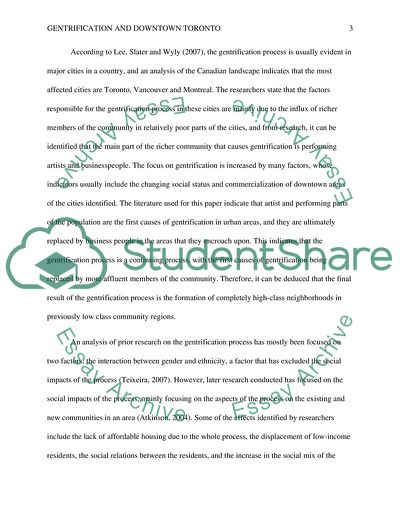Cite this document
(Gentrification and the Social Impacts on Downtown Toronto Report Example | Topics and Well Written Essays - 2000 words, n.d.)
Gentrification and the Social Impacts on Downtown Toronto Report Example | Topics and Well Written Essays - 2000 words. https://studentshare.org/sociology/1760131-gentrification-and-the-social-impact-on-downtown-toronto
Gentrification and the Social Impacts on Downtown Toronto Report Example | Topics and Well Written Essays - 2000 words. https://studentshare.org/sociology/1760131-gentrification-and-the-social-impact-on-downtown-toronto
(Gentrification and the Social Impacts on Downtown Toronto Report Example | Topics and Well Written Essays - 2000 Words)
Gentrification and the Social Impacts on Downtown Toronto Report Example | Topics and Well Written Essays - 2000 Words. https://studentshare.org/sociology/1760131-gentrification-and-the-social-impact-on-downtown-toronto.
Gentrification and the Social Impacts on Downtown Toronto Report Example | Topics and Well Written Essays - 2000 Words. https://studentshare.org/sociology/1760131-gentrification-and-the-social-impact-on-downtown-toronto.
“Gentrification and the Social Impacts on Downtown Toronto Report Example | Topics and Well Written Essays - 2000 Words”. https://studentshare.org/sociology/1760131-gentrification-and-the-social-impact-on-downtown-toronto.


